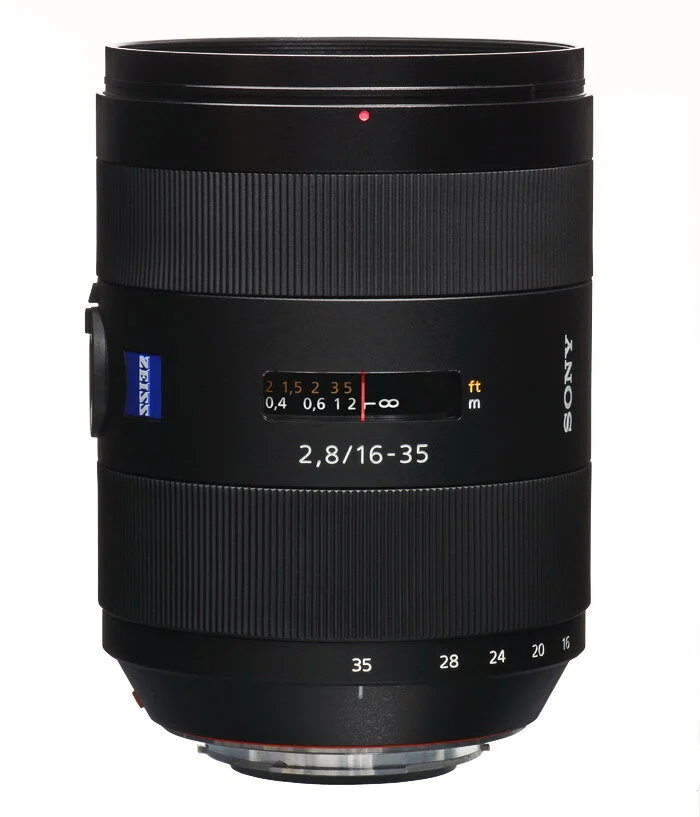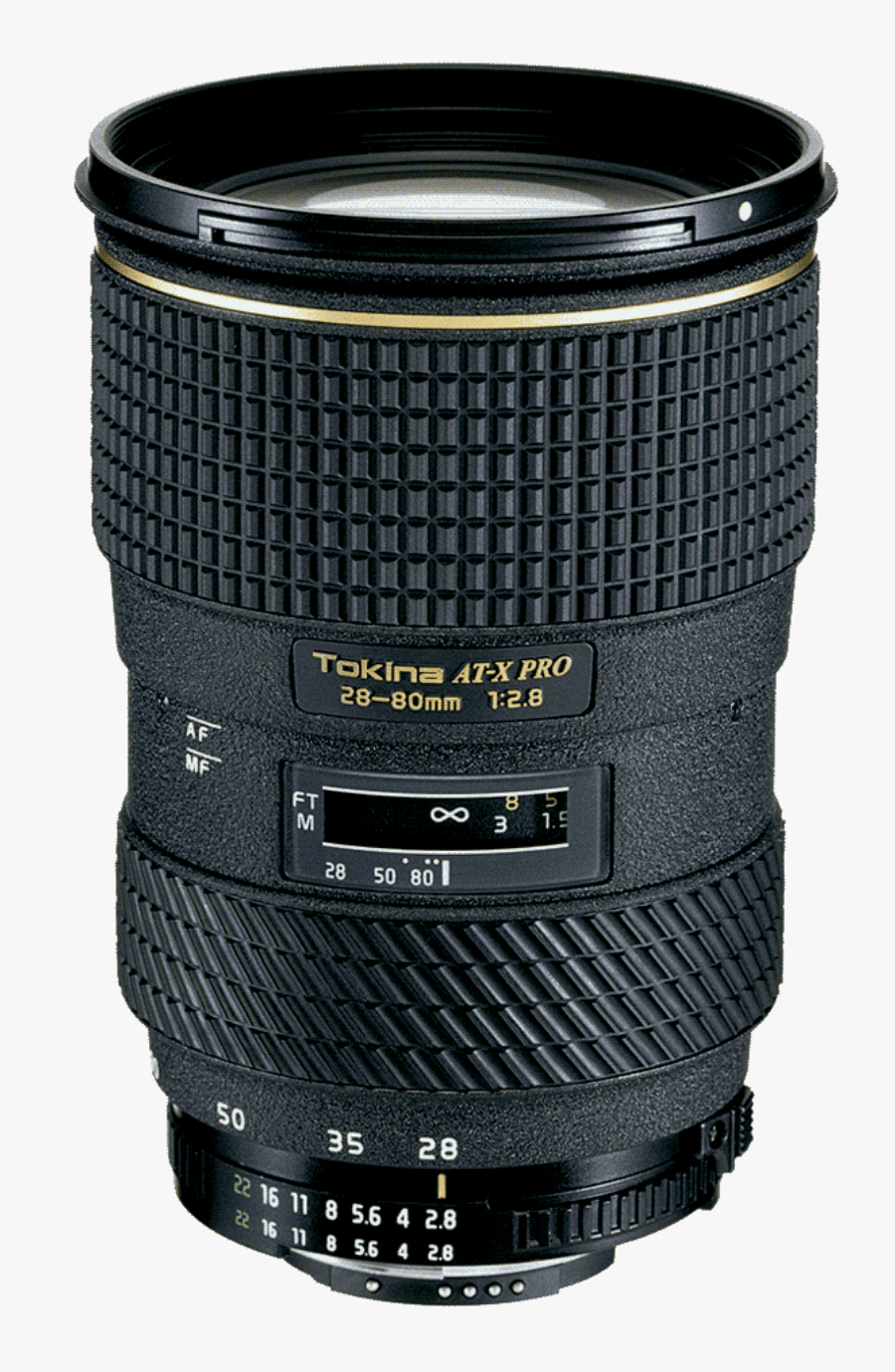Manual Full-Frame Zoom Lenses for the FX9 / FX6 on a Budget
Ever since I switched over to the Sony FX9 and sold my Fujinon 19-90 I’ve been search of a solid set of full frame zoom lenses for documentary shooting. If cost and weight wasn’t and issue I’d love a Fujinon Premista 28-100 t2.9 cover the range I had with the 19-90 on the FS7, but who am I kidding. But what if there was a way to build a solid 2-3 lens set of full-frame still photography lenses that were fully manual? Well here is another rambling blog post about just that.
While the new autofocus system on the FX9/FX6/FX3/A7S3 is really fantastic, it works best with with native Sony E mount lenses. The lenses also use fly-by-wire focus rings which are a bit harder to use than truly mechanical focus ring found on still lenses from the past. The price of the Sony 24-70 GM f2.8 new is $2200. If you’re not really interested in using autofocus while shooting doc, you may be able to pick up a set of 2 to 3 lenses if you shop around in the used market for less than the cost of one Sony 24-70 GM f2.8.
Note for FS7/FS5 Users - these lenses are still very viable on the Sony’s super35mm cameras with the use of a speedbooster.
Big credit to Dan Chung who more or less figured this all out years ago with the FS7 came out.
The Nikon Route
All of Nikon’s lenses prior to their G-Series featured a manual aperture ring. Which when de clicked gives you at its very core a fully manual zoom lens for shooting video. The catch? The focus ring rotation is opposite of what we consider “normal” in the industry. This leaves you to either re-wire your brain or utilize a reversible follow focus. The most interesting options are what Nikon enthusiasts consider the “Holy Trinity” of zoom lenses. Outfit these lenses with 80mm OD fronts, focus gears, declick the aperture and you have a powerful set of zooms for documentary shooting.
Nikkor 17-35mm f2.8 AF-S
Used Price: $400-500 USD
77mm filter thread,
1.6 lbs ./730g,
1 ft /0.28m close focus
This lens is a bit wide for my taste on a full-frame sensor for walk around documentary coverage, but it would be a nice addition for specialty and architectural shots.
Nikkor 28-70 f2.8 AF-S
Used Price: $500-700 USD
77mm filters
2 lbs /900g
1.5 ft / 0.5m close focus
The 28-70 f2.8 has an interesting past. During the filming of the Bourne Ultimatum the crew needed a pair of light weight zooms for all the hand-held shooting in the film. They sent the 28-70 and 80-200 over to Arri in Munich and had these lenses cine-modded for the production. In short, its a great lens for shooting off the shoulder in documentary situations with solid optics.
Nikkor 80-200 f2.8 AF-D
Used Price: $200-$600 USD
77mm filters
2.81 lbs / 1,275g
4.9 ft / 1.5m close focus
Need some extra range from your 28-70 for interviews or b-roll? The 80-200 f2.8 has you covered. This lens is still being rehoused by True Lens Service in the UK and goes by name “Morpheus”.
Notes for shopping: There is a 80-200 f2.8 that is a “push-pull” zoom which I don’t recommend. Additionally there is an 80-200 f2.8 AF-S that is solid, but usually is a bit more expensive. See this article from Ken Rockwell.
Nikkor AIS 35-70 f3.5 Micro
Used Price: $50-$175 USD
62mm filters
0.5 lbs / 511.9g
2.3 ft / (0.7m) close focus
At 70mm a macro mode permits focus as close as 1.15 ft / 35m)
This is a great zoom to round out Nikkor AI-S prime set. While it is not a f2.8, it matches the AI-S primes better due to its vintage. Additionally the “macro” mode is pretty handy on the fly. The only downside to this lens is that the front portion of the lens (filter threads) rotates while focusing. So it’s almost impossible to utilize a circular polarizer or a clamp on matte box. I modded mine with a screw on metal lens hood in lieu of a smaller clamp on matte box.
Shopping notes: There is a “AI” version of this lens that doesn’t have the macro feature. Additionally there is a 35-70 f2.8 AF-D but that lens is a “push pull” zoom and should be avoided.
Nikon’s “Holy Trinity” of zoom lenses cine-modded by Duclos Lenses
The Nikkor 28-70 f2.8 and 80-200 f2.8 complete with red Metabones Nikon F to Sony E adapters.
The Budget Zeiss Light Weight Zoom Set
Are you really into the look of Zeiss lenses? Wish you could afford the cinema Compact Zoom set they make that covers the full frame sensors of the Sony FX3, FX6, FX9? Does using a follow focus on Nikon lenses sound like a pain in the butt? I have a proposition for you. What if you combined a mechanical adapter from Novoflex that features smooth aperture control with the Sony Zeiss zooms produced for the original Alpha (A) mount cameras? You would have fully manual zoom lens that could be had for a fraction of the cost of Zeiss’s compact zooms.
Novoflex Adapter for Sony/Minolta A mount to Sony E-Mount Camera
Price: $240 USD
The Novoflex adapter is the starting point and sort of the secret sauce of the lens builds below. It is a fully mechanical adapter that allow you to smoothly and manually control the aperture ring inside Sony’s “Alpha” / A-Mount lenses. It doesn’t transmit any electrical information to the camera, but if you are just shooting news or doc knowing your exact aperture isn’t as important. Its blue aperture ring even matches the Zeiss logo (!)
Sony Carl Zeiss Vario-Sonnar T* 16-35mm F2.8
Used Price: $500+ USD
77mm filter
1.87 lbs / 860g
I haven’t had my hands on this lens. I do know there is two versions of it. The newest version (SAL-1635Z2) has updated coatings and autofocus motor but the same optical design. Look for the SAL-1635Z. A 16-35 is a bit wide on full-frame for my taste, but it would be a nice addition for specialty and architectural shots.
Carl Zeiss Vario-Sonnar T* 24-70mm F/2.8
Used Price: $600+
77mm filter
2.06 lbs / 995g
This lens is a tank. Smooth focus ring and very precise image rendering Zeiss is known for. Again there are 2 version of this lens. Keep your money and go for the cheaper SAL-2470Z (not the aSAL-2470Z2)
Sadly there is no Sony/Carl Zeiss telephoto zoom in to complete this “holy trinity”. Sony did make a 70-200 f2.8 Alpha mount zoom, but I believe it was based on original designs that Sony acquired from Minolta when it was initially purchased. With that said the 24-70 f2.8 would be a good zoom purchase for users who are using Zeiss primes and want something that is more or less in the same visual family.
The Tokina Duo
Tokina ATX 28-80 f2.8 PRO
Used Price: $200+
77mm filters
1.6 ft / 0.5m close focus
1.8 lbs / 819 g
There is a bit of info on the web about Tokina’s mid-range zooms (28-70 f2.8) having its design rooted in the Angenieux 28-70 f2.6 that was produced in a limited run in the early 1990s. (read here). Regardless of which version you go with (28-70 or 28-80), Tokina offers a well built zoom. If you purchase the “A-Mount” version you can use the same type of Novoflex adapter listed above for the Sony lenses and maintain the “proper” focus ring direction. You can also opt for the Nikon F mount and maintain the physical aperture ring (but with the focus direction the “wrong” way).
Tokina 28-80 f2.8 with a Nikon F mount
Tokina ATX 80-200 f2.8 Pro
Used Price: $300+
77mm filters
5.9 ft / 1.8 m close focus
2.97 lbs / 1350 g
Always need a matching zoom for those longer shots or compressed interview frames. Same rules apply as above. Buy in A-Mount and use with Novoflex adapter for smooth aperture control and correct focus direction. Nikon F version will give you an aperture ring but will leave you with a focus ring that rotates the opposite way.
Did you find this post helpful and wish you could “buy me a beer”? Now you can!










